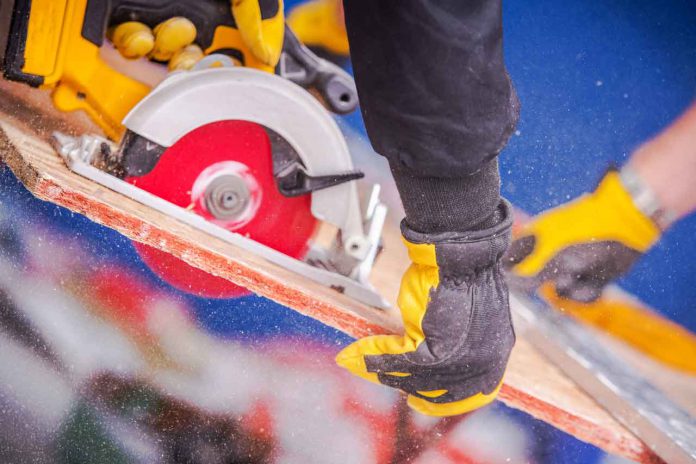As climate change continues to impact global temperatures and environments, people and industries around the world are having to adjust. Construction and architecture are no exception to this trend; construction projects produce as much as 40% of all American waste currently, but many are working on finding methods to reduce the impact of construction on the global climate.
Current waste causing problems
Across the globe, construction waste is contributing to climate change in a significant way. While many people regularly ignore the impact building new structures has on the environment, the industry as a whole can be shockingly wasteful. Dumpsters are serviced on average at 60% or below fullness levels, and this all goes directly to landfills. This is in spite of many waste diversion tactics being available for construction waste that would result in more environmentally-friendly disposal.
Finding alternative disposal methods that create a smaller impact on the environment may be beneficial to companies’ profits as well. Sustainability can help improve public image and branding across many audiences; 81% of consumers believe that companies should help the environment. This is leading many builders to adjust their practices to fit a more environmentally friendly model whenever possible. Those builders that are choosing to make the switch to more environmentally-friendly practices tend to do so through one or both of two methods: changing the building materials used and changing their construction methods.
Alternative materials creating solutions
Many builders are seeking to reduce their environmental impact through the materials they’re using. As it stands, many traditional building materials, often preferred in commercial or industrial structures, use non-renewable resources. A study conducted by Architecture and Design reports that 16% of all the fossil fuel consumed annually is converted into concrete, steel, aluminum and brick building materials.
Instead of sticking to traditional materials, many companies are turning to more efficient options as a means of reducing their waste. In many cities worldwide, projects have begun to start 3D printing buildings using recycled materials, helping cut down on construction waste while also recycling building materials that would have otherwise ended up in landfills.
Future construction methods offer hope
3D printing isn’t the only modern method being used to make construction more energy-efficient and low-waste. Modular construction, sometimes called panelized construction, is increasing in popularity for commercial, industrial, and even residential buildings. This method of construction can reduce construction time, as well as the number of people required to complete the construction. This results in the added benefit of modular construction being more affordable for both companies and the end consumer; reduced labor costs mean reduced overall expenses involved in construction.
However, possibly the most significant benefit of modular construction is the reduction of construction waste. According to UK-based WRAP, modular construction can reduce waste materials like cement, bricks, timber, concrete, wood pallets, shrink wrap, cardboard, and plasterboard by up to 90%. This is because the pieces used in modular construction are cut to fit while still in the factory, reducing the amount of waste created on-site. While pre-fabricated construction has previously had something of a negative reputation, this construction method has a wealth of potential in the era of climate change.
As climate change continues to affect communities and industries worldwide, the construction and architecture industries are adjusting to accommodate. If current trends continue, it’s possible that the industry will be able to reduce their current impact on the environment, helping to slow the acceleration of climate change.







